Islands are a recurring theme in my work and I'm not really sure why. I've never set foot on one but some spur my imagination with dreams of feverish jungles or volcanic peeks.
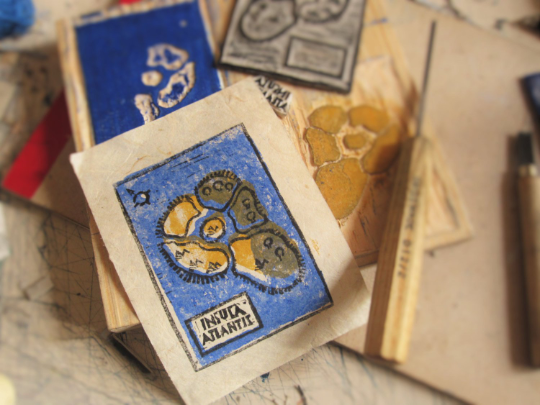
Insula Atlantis - woodcut+linocut
There are multiple incarnations, and visions of these islands I never saw; none of my works depict a real island, rather than some idealized version of a lost Atlantis or a shore long gone before notice could have been taken.
Some were made by repeating modules to fake archipelagos, some by appropriating familiar geographies and others by reducing them to zen brushworks.
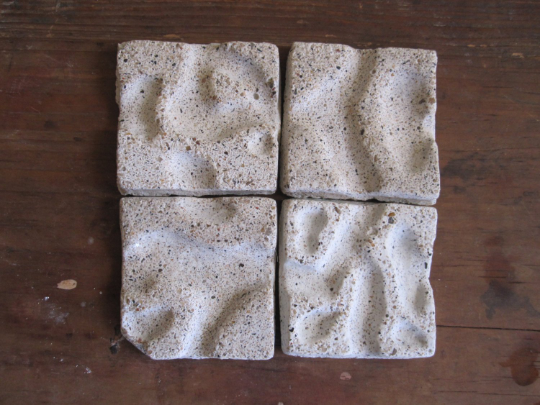
Modular Archipelagos - concrete
Cartography strikes a sweet spot, and it always did since a child although I can't really tell why. In 2014 I was playing a space exploration game (some artists find time to play games too) called Kerbal Space Program, and this game (not going into much detail) allows the players to scan celestial bodies, by placing satellites in their orbits and compile that info into a sweet (and big) CSV data file of XYZ's.
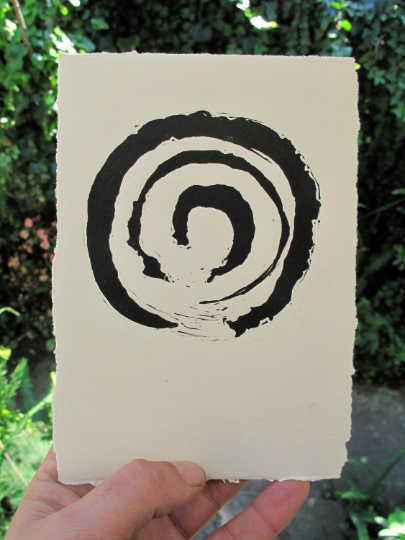
Atlantis - linocut
Once in a while I go back to this data and recreate the places; from the early plots with GNUPlot or wxMaxima , to 3d renders based on heightmaps, I'm always trying to rearrange the info I have into something new.
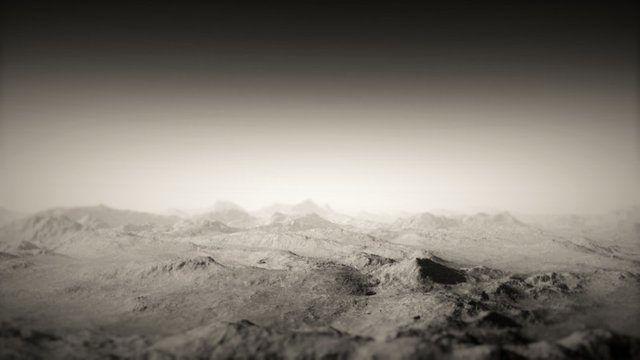
Postcard from Mun - 3d render
Recently I returned to this data with the idea of making islands out of moons and, with a superficial manipulation of the info - just setting different values for sea level - I managed to turn mountains into bays and pits (there is also a very serious cautionary tale to all of this lying behind veils: data manipulation is that easy).
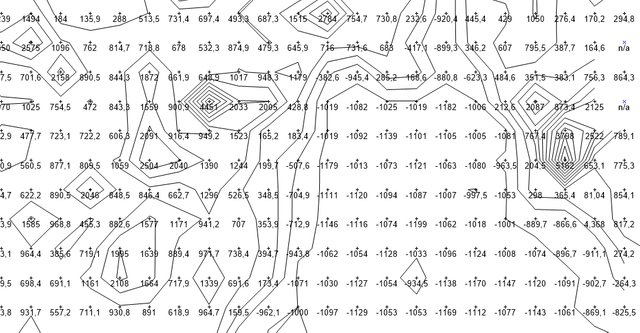
ZYX coordinates
After a conversation with Mattia Cuttini, to whom I had extended a collaboration invitation to develop this island/archipelago concept, we thought it would be great to bring further views on this, and invited Ilan Katin as well. Soon enough all results will be available, as cryptoart, on Known Origin but for now, I'll share my results.
This time I chose three different areas, based on aesthetic criteria, mapped them and transposed them to a square grid with two colours and four tones. and sent an image of this plot to each of the participants.
I wanted to recreate this as a artifact, credible enough and yet disconcerting, so I opted to manipulate the images into half tones and print them in a XIX century photo technique called Cyanotype.
This a lovely process that I've been using for many years that produces vibrant prussian blue images (that can be toned with tanins), obtained by exposing a photosensitive emulsion to sun light.
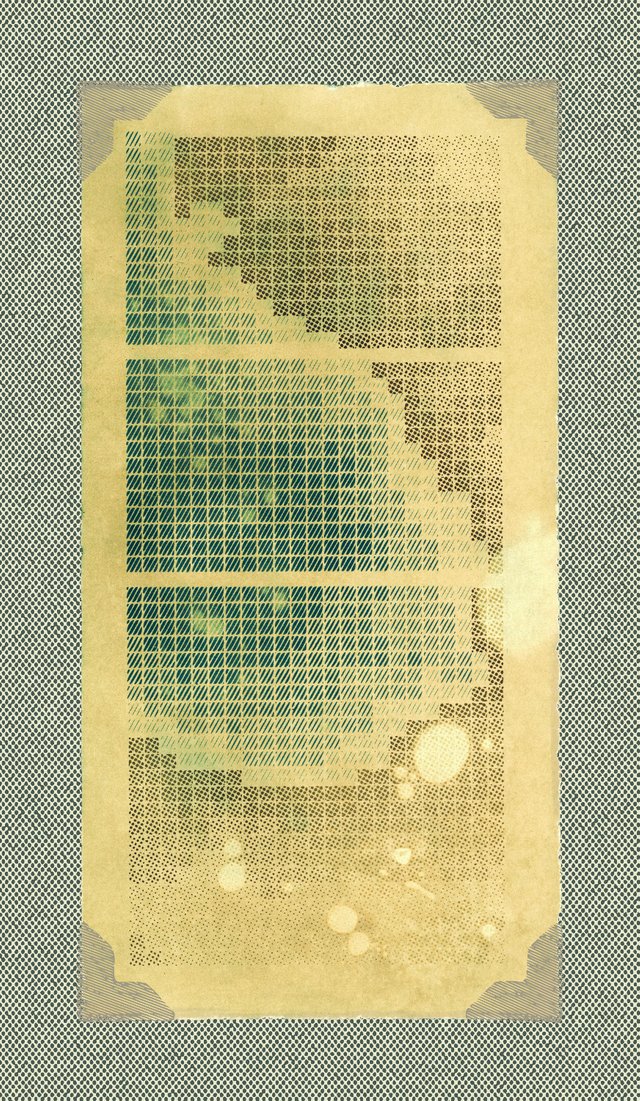
Strange shores - mixed media (cyanotype, digital)
To print the two tone image, I had to split it in two negatives, apply the first layer of emulsion, expose it with the first negative, develop, bleach lightly and tone - in this case, with coffee and cinnamon. After it dried, I applied the second layer of the emulsion, exposed the second negative and developed it. The printing-toning-printing was made over three days. I then digitized it and slightly altered the tones, and added further vector graphics interventions to compose the final image, an ambiguous mix breed of analog and digital.
You are multi-talented and fascinating ! Love how the islands and shores motif are translating through your artworks and different mediums <3
Downvoting a post can decrease pending rewards and make it less visible. Common reasons:
Submit
Thanks for the compliments, you humble me!
Downvoting a post can decrease pending rewards and make it less visible. Common reasons:
Submit
Congratulations @oficinastk! You have completed the following achievement on the Steem blockchain and have been rewarded with new badge(s) :
Click here to view your Board of Honor
If you no longer want to receive notifications, reply to this comment with the word
STOPDownvoting a post can decrease pending rewards and make it less visible. Common reasons:
Submit